Sports physical therapy helps athletes and physically active people to rehabilitate sports injuries, recover from overuse, optimize performance, and reduce injury risk, so they can stay in the game longer, at a higher level of performance. Many athletes rely on sports physical therapy to keep them in peak physical condition, all year round.
Today, advanced technologies, new regenerative therapies, and cutting-edge tools for 3D motion analysis are making sports physical therapy an indispensable secret weapon for elite athletes who want to stay at the top of their game.
Dr. Lev Kalika, DC is one of NYC’s most authoritative sports medicine doctors. He trained directly under some of the world’s most eminent names in rehabilitative medicine, including Dr. Pavel Kolar of the Czech School of Rehabilitation, and Dr. Christopher Powers, an expert in the treatment and prevention of running and jumping injuries.
Dr. Kalika is an expert in diagnostic ultrasonography with multiple research publications to his credit. He has over 20 years of experience in sports rehabilitation and performance enhancement. The performance lab at NYDNRehab features some of the most advanced technologies available for quantitative analysis and injury rehab.
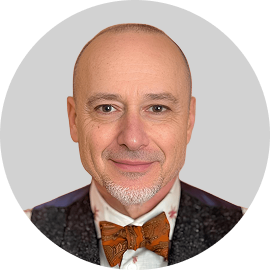
Orthobiologic specialist
Dr. Yuri Brosgol, MD is a neurologist with 20+ years of experience in treating pediatric and adult myofascial pain. When emerging research on the critical role of fascia in human mobility captured Dr. Brosgol’s interest, he pursued training in orthobiologics and fascial release techniques. Dr. Brosgol has become a pioneer in the use of orthobiologic solutions, paving the way for transformative advancements in the treatment of sports injuries and myofascial disorders.
Together, Dr. Kalika and Dr. Brosgol are on a mission to revolutionize the way athletes and physically active patients rehabilitate injuries and optimize performance. Dr. Kalika’s successful track record of rehabilitating musculoskeletal injuries combined with Dr. Brosgol’s expertise in treating myofascial pain make NYDNRehab the clinic of choice for physically active New Yorkers who want to avoid and rehabilitate injuries, restore optimal function, and reach new levels of performance.
Athletic injuries are an accepted risk of participating in intense and competitive physical activities. But athletic training alone is not enough to gain a competitive edge. At NYDNRehab, we treat the whole athlete, not just your injuries. Our state-of-the-art performance lab features some of the most advanced technologies available for diagnosis, analysis, and treatment.
In an age of remarkable innovations in rehabilitative medicine, many conventional clinics lag behind, relying on outdated one-size-fits-all treatment approaches and generalized return-to-play timelines that set the athlete up for reinjury and premature retirement.
Our holistic and personalized approach to sports rehab goes beyond tissue healing. We work with our athletes one-on-one, with customized treatment protocols based on your specific diagnostic profile. Your rehab journey begins with a comprehensive in-house exam using high resolution ultrasound imaging.
With diagnostic ultrasound, we can:
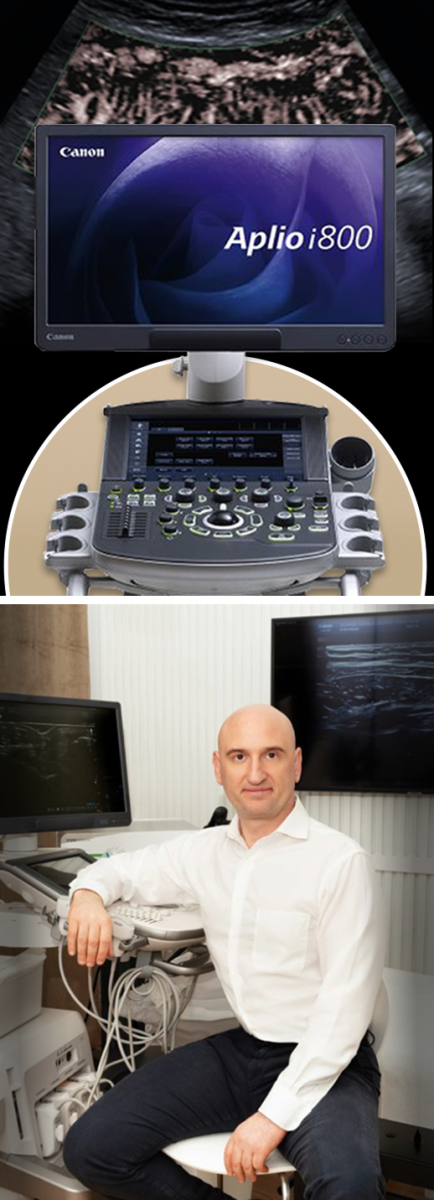
For dynamic imaging of sport-specific actions, we use advanced technologies like the UNOSO ProbeFix device, synced with motion capture cameras to zero in on motor deficits. Our 3D gait and motion analysis lab pairs cutting-edge technologies with proprietary software, providing us with objective insights that take your injury rehab to the next level.
Our treatment protocols are custom-designed for high-performance athletes who want to optimize dynamic mobility and fine-tune sport-specific skills, based on biomechanical efficiency. We use advanced feedback training to eliminate compensation patterns and restore the neuromuscular pathways that govern muscle coordination.
We don’t send our athletes back to play until they have regained or exceeded their pre-injury performance levels, so they return to sport with confidence.

Sports injuries often arise from acute trauma, happening in a split second in the heat of competition. They can be caused by a collision with another player, rapid changes in direction that overload the joints, pivoting on a loaded limb, or unsuccessful landing from a jump. But many injuries have a gradual onset, with symptoms that are easy to ignore in the early stages. If left untreated, damaged tissues can begin to degenerate, leading to a steady decline in athletic performance.
Common causes of chronic sports injuries include:

Your body is a mechanical wonder made up of countless systems, structures, and tissues that are both interconnected and interdependent. Our uncanny ability to generate energy, exert force, and move with precision all rely on the harmonious interaction of muscles, nerves, and the circulatory system that supplies oxygen and nutrients and removes metabolic waste.
The skeleton provides a rigid structural framework for the entire organism, but in order for human movement to take place, we rely on tensegrity – tensile integrity created by the muscles and fascia to guide movement, mediate internal and external forces, and hold the body’s structures and organs in place. Without tension exerted by the myofascial system pulling against rigid bones, your body would collapse in a motionless heap.
Fascia is a thin fibrous web of connective tissue that separates, connects and encases muscles, joints, organs, nerves and blood vessels throughout the body. Fascia is primarily made up of collagen, elastin, and a gel-like substance composed of hyaluronic acid and water. Fascial tissue is tough, elastic and slippery, allowing it to stretch and glide among the body’s structures without friction.
Fascia is richly embedded with proprioceptors – specialized sensory receptors that provide the nervous system with information about the position, movement, and tension of joints – serving as a communication pathway between different parts of the body. Thanks to proprioception, you can perceive your body’s position, motion, and equilibrium without visual input.
When injury reduces the capacity of muscles and fascia to stretch, contract and glide, it can undermine neuromuscular communication and interfere with coordinated muscle recruitment patterns. Fascia can become dense and sticky, adhering to other structures and entrapping nerves and blood vessels, preventing them from gliding.
Only recently has the myofascial system gotten the attention of the scientific community and its crucial function recognized as a critical component of rehabilitation. Failure to address fascia has been the missing link in sports injury diagnosis and treatment.
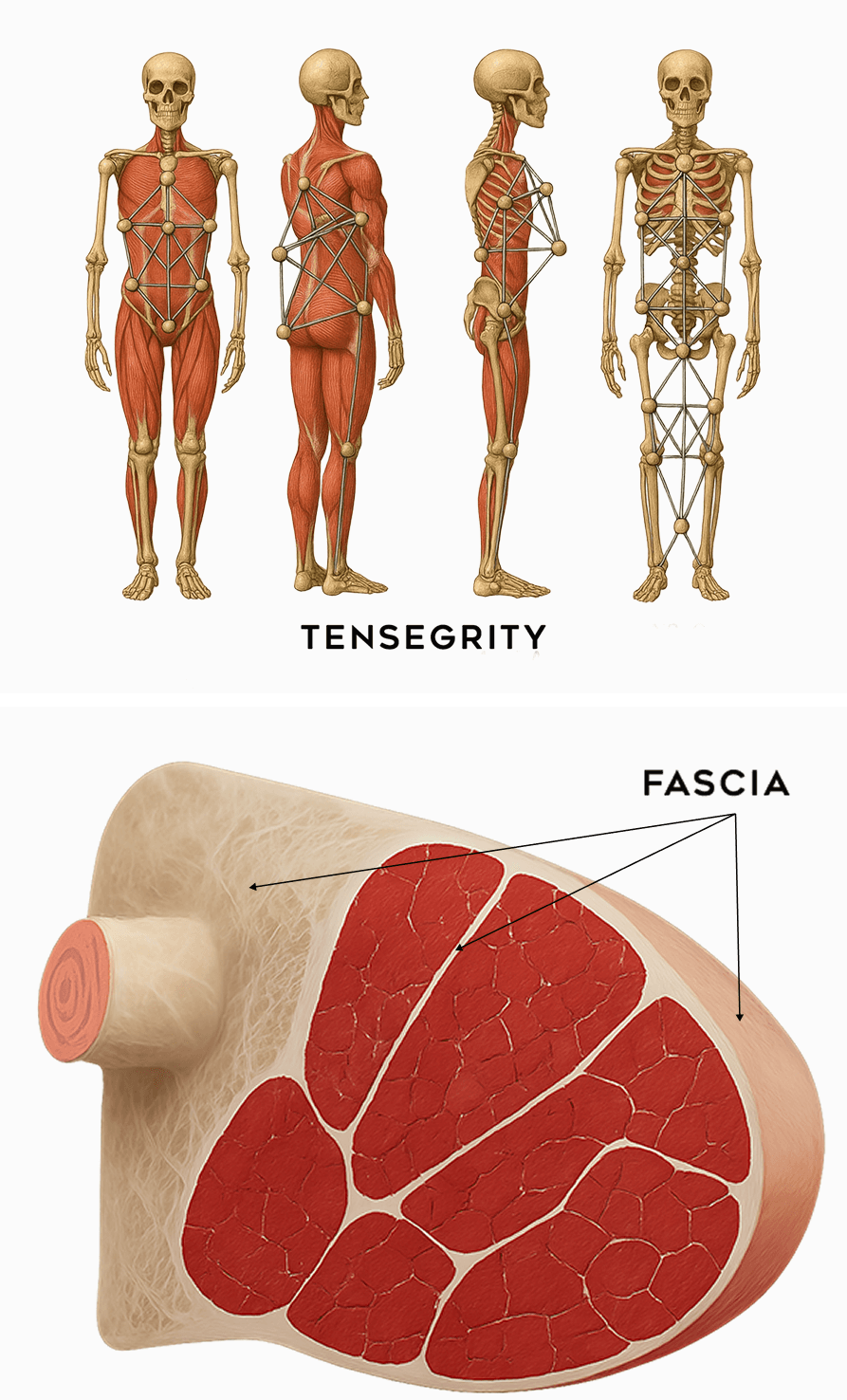
Myofascial tensegrity cannot be accurately assessed via a clinical exam or MRI. Only diagnostic ultrasonography can give us real-time imaging of the myofascia in motion, to help us detect and fascia densifications and nerve entrapments.
Healthy myofascial tissues depend on a number of factors, including:
Starting physical therapy prematurely can actually impede the recovery process and even do more harm than good. Before beginning physical therapy we pretreat damaged muscles, joints and connective tissues with regenerative therapies and orthobiologics that ensure proper tissue healing.
We address fascial densifications and adhesions, liberate entrapped nerves and blood vessels, eliminate inflammation, and restore neuromuscular pathways and muscle coordination patterns.
Obstacles to physical therapy success include:
We use high-resolution ultrasound to confirm and track your progress. Capabilities for sonoelastography to test tissue stiffness, and superb microvascular imaging to confirm early signs of tissue healing, are invaluable tools for monitoring the healing process.
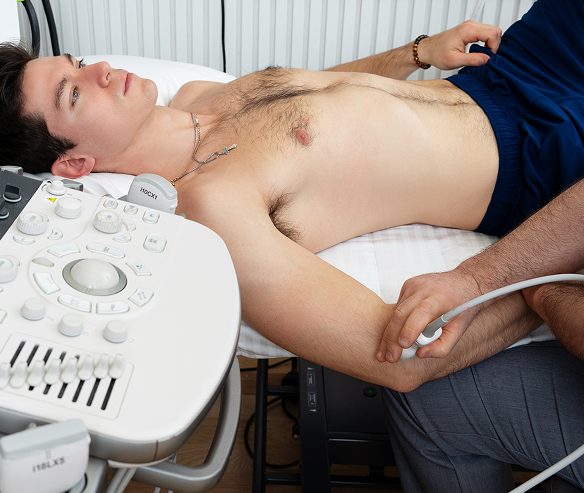
ForceFrame is a comprehensive system for isometrically testing individual muscle groups on both sides of the body for strength and symmetry. Isometric testing eliminates the potential for compensation strategies that may be masked during compound exercise testing. For example, during a squat, the athlete may compensate for weak gluteal muscles by shifting loads to the quadriceps. ForceFrame eliminates false results by isolating muscle activation, helping us to identify and correct muscle imbalances, asymmetrical muscle strength, inefficient muscle coordination patterns, and compensation strategies
ShowMotion is an objective tool for joint movement analysis that uses motion tracking sensors, placed on the patient’s skin to collect data as the patient performs a series of joint-specific movements. The data is analyzed by ShowMotion’s proprietary software, providing valuable insights about inefficient movement patterns, compensation patterns, and improvements in response to therapy.
Neuralign provides a cutting-edge shoulder rehabilitation device with a kinematic sensor for enhancing athletic performance in shoulder-intensive sports like swimming, baseball, tennis and lacrosse. The patient dynamically interacts with the device to stimulate efficient muscle recruitment patterns, enhance movement quality, and restore optimal muscle balance. The sensor provides objective data that practitioners can use to support decision-making and personalize shoulder rehabilitation.
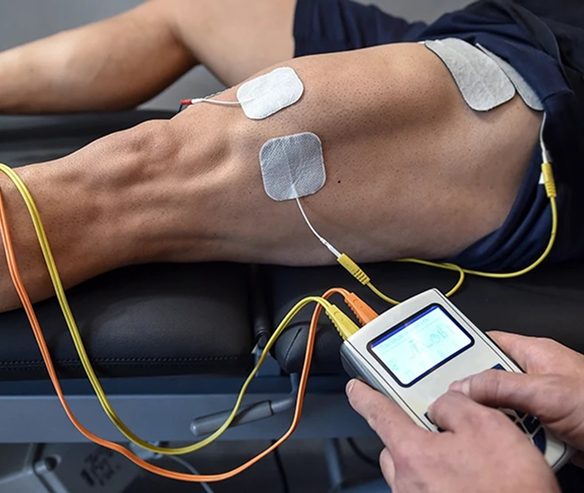
SM neuromuscular electrical stimulation (NMES) dynamically interacts with the patient during therapeutic exercises, providing real-time sensory, auditory and visual biofeedback. This breakthrough technology helps patients to recalibrate muscle actions and optimize joint function. SMNMES has helped numerous patients to avoid unnecessary shoulder, knee and ankle surgeries, even in complex scenarios.
We use radial, linear, focused and defocused shockwaves to treat damaged tissues. Our state-of-the art equipment lets us adjust the waves by frequency, intensity, depth and breadth, to meet the demands of different tissue types.
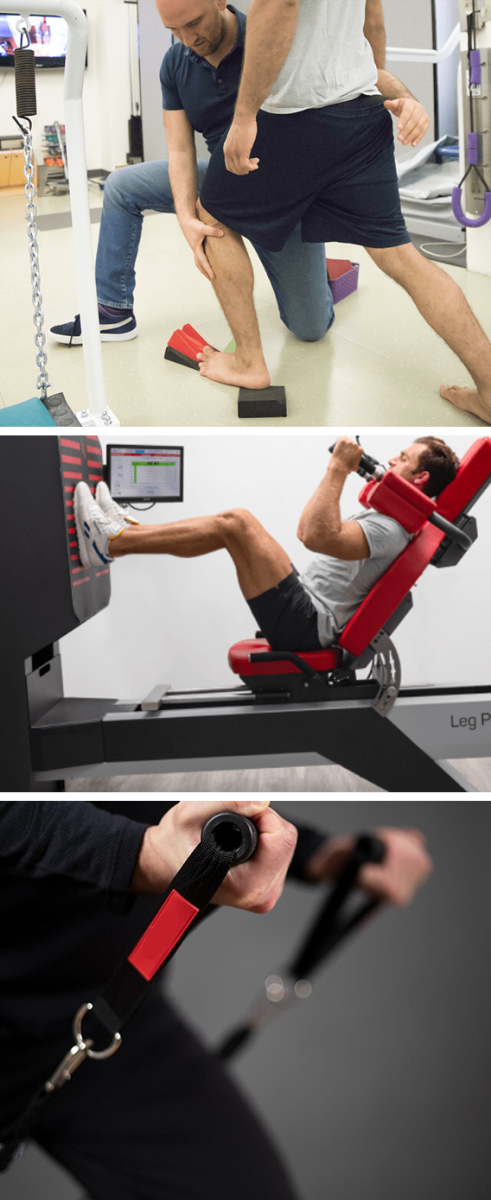
Our innovative retraining methodologies include:
Our C.A.R.E.N system (Computer Assisted Rehab Environment) immerses patients in a virtual reality environment while their motion is captured by 12 infrared cameras that provide 360º real-time feedback. Used for both diagnosis and treatment, C.A.R.E.N provides precise therapeutic strategies based on objectively derived data, eliminating human error.
Contact us to discuss the solution for you
A good sports therapist can take on almost any musculoskeletal injury that does not require surgery, and they can help rehab your injury, post-op. Common athletic injuries include:
 Dr. Yuri Brosgol
MD
Dr. Yuri Brosgol
MD
 Dr. Michael Goynatsky
DPT
Dr. Michael Goynatsky
DPT
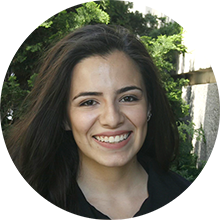 Dr. Daniela Escudero
DPT
Dr. Daniela Escudero
DPT
 Dr. Michelle Agyakwah
DC
Dr. Michelle Agyakwah
DC
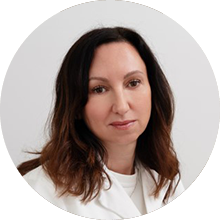 Dr. Tatyana Kapustina
L. Ac.
Dr. Tatyana Kapustina
L. Ac.